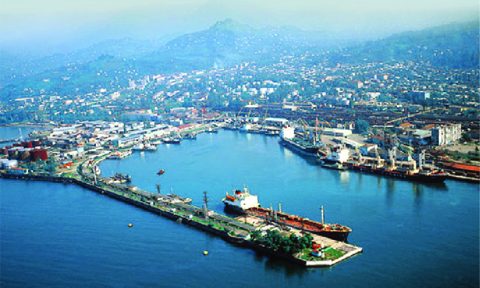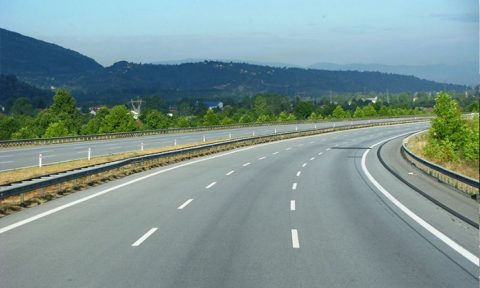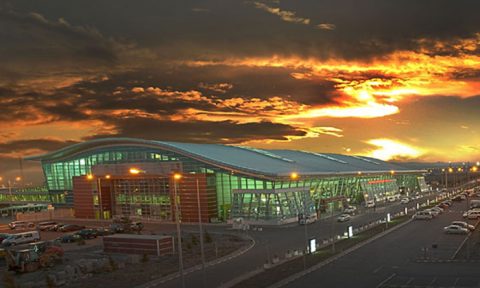October 25, 2019
Hualing FIZ was awarded with a certificate of gratitude for the best service presentation
June 14, 2019
EUGBC Regional Business Forum “Doing Business in Georgia” – supported by Hualing Free Industrial Zone
June 11, 2019
International Conference Investpro Azerbaijan Baku 2019
May 22, 2019
Hualing FIZ attends INTAX FORUM UKRAINE again
Site Map
up








